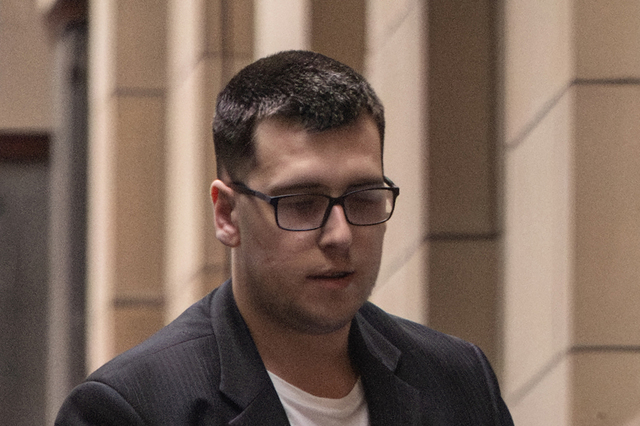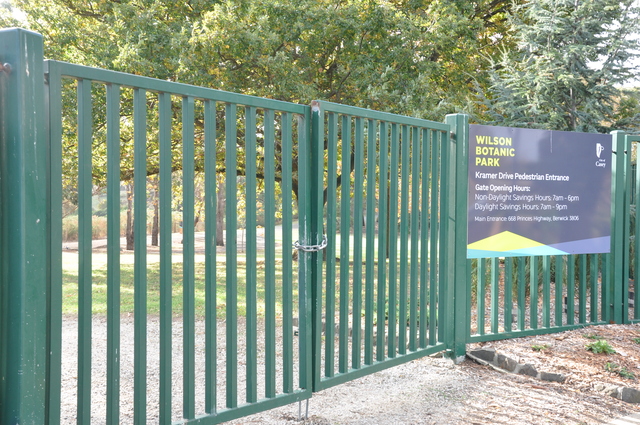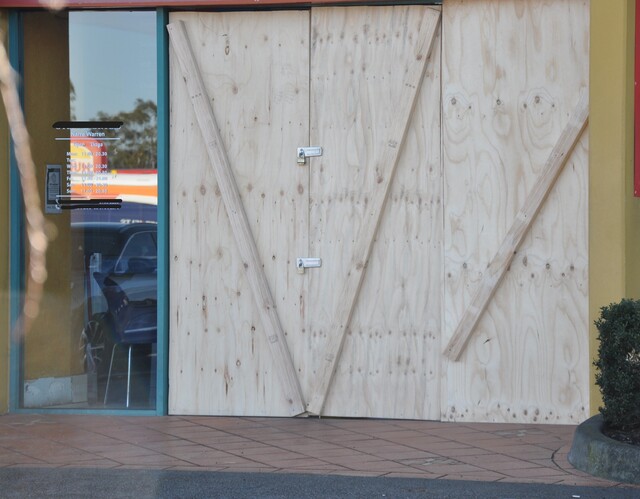PRECEDE: Dandenong Drug Court is at the forefront of an alternative way of punishing drug-addicted criminals. Its magistrate Tony Parsons gives offenders every chance to clean up and stop reoffending, Cameron Lucadou-Wells reports.
IT’S strange to see a magistrate lead a courtroom in a warm round of applause for a convicted criminal.
Stranger still for the judge to walk around from behind the bench, take off his glasses, shake the offender’s hand, hand over a certificate and a gift and say: “My heartiest congratulations.”
At Dandenong Drug Court last Monday, magistrate Tony Parsons demonstrated the kind side of a carrot-and-stick system of getting about 60 drug-addicted criminals in Melbourne’s south-east on the straight-and-narrow.
They have been diverted from jail sentences to serve time in the community under an intensive treatment regime – with the “coercive power of a (jail) sentence hanging over your head” as Mr Parsons puts it.
The defendant had been ‘promoted’ as a reward for “exceptional progress” including full-time work and consistently clean drug tests over the previous 15 months of his drug treatment order.
There has been just one “hiccup” over Christmas. As punishment, Mr Parsons ordered the man to do some homework.
“I really value what I’m reading in your homework,” Mr Parsons said.
“You’re nailing all the things I want to hear from you. It’s really good stuff.”
The defendant returned the compliments.
“Thank you. (The program’s) changed my life around and I’m doing the stuff I want to do.”
Joining the applause in the courtroom was the drug court ‘team’ – a police officer, a case manager and a clinician.
A second defendant, who joined in the applause from the gallery, later told Mr Parsons: “He’s a good kid. We were in jail together.”
For each achievement – even if among a string of failed drug tests – offenders earn praise and sometimes lucky dip prizes such as movie tickets or supermarket vouchers.
“The lucky dip is very playful. You can see people smile for the first time in the courtroom,” Mr Parsons says.
“If you have got a jail history 10 years long, been called a loser all your life by the prison system, the corrections system and bullied by the kids at school – to have someone like a magistrate applaud you can be very powerful, very moving.
“If you did the right thing, you get a pat on the head. If you did the wrong thing, you’re pulled into line.”
Any slip up – for failed drug tests and missed appointments – leads to a reprimand, homework or a day’s jail or a day’s community work.
Once an offender reaches a tally of 15 days jail and six days community work, they are sent to prison for two weeks.
If a person has “seriously reoffended”, they are kicked off the program.
Last Monday, there were a few slip-ups. A husband and wife had tested positive for ice, coinciding with a family bereavement.
Mr Parsons consoles the wife but urges both to “get back on track”.
Another young man appearing in the court had relapsed using ice several times in a recent three-week period and was on the verge of being sent to jail for two weeks.
He gained some credits for taking part in the first week of a Matrix cognitive therapy program for small groups and performing a day’s community work.
“You’ve got to meet us halfway… and then we can relax those rules. Good luck with the Matrix program and your commitments,” Mr Parsons told him.
“He’s done the work. He’s earned the right to stay in the community,” Mr Parsons later said.
“I’ve told him if he hits 15 days in jail, I’ll put him in.
“At the heart of this order is accountability. I can’t bend the rules. It goes against the efficacy of the program.
“It’s the corrective power as well as the medical treatment that makes it successful.”
The drug-court model in Dandenong is a success story proven by research, used in 13 countries and several Australian states.
In Dandenong, about 10-15 per cent of participants are “heroically successful”. They are the ones who graduate through the two-year program’s three stages of stabilisation, consolidation and re-integration.
They stop using, gain a job and are back with their kids.
About half don’t graduate but get to the end of the treatment order.
They may have relapsed, they may not be abstinent from drug use but they would be ‘using’ less, re-offending less and committing less serious offences.
The remaining third have absconded, can’t cope with the conditions and are re-arrested.
A KPMG review into the drug court is due for release in May. Mr Parsons knows the “data is positive”.
He estimates the drug court keeps about 50 people out of jail each year at a cost of $1.5 million. To house those people in jail would cost $5 million.
Victoria will soon open its second drug court based at Melbourne Children’s Court, meting out its drug treatment orders to addicted parents so they can reunite with their children.
He says there’s scope to expand the program to Melbourne’s west, Geelong and Ballarat.
Mr Parsons describes the two-year orders as a “real-time jail sentence that the defendant can serve in the community as long as they comply with a highly-supervised, highly-structured drug treatment program”.
“It’s an exquisite combination of the coercive power of criminal law and treatment for people with drug issues.”
Offenders undergo supervised urine drug-tests three times a week, under the premise that it’s hard to “cheat” if drug testing is that regular. Those battling alcohol are tested five days a week.
They are expected to attend weekly clinical, drug counselling and case manager appointments, as well as regularly front Mr Parsons in court.
They are given every chance to succeed – their every health need is met, including mental health, dental, acupuncture, massage and addiction treatment.
They have organised adult literacy classes, as well as stable and safe accommodation – without which “they don’t have a prayer”, Mr Parsons said.
A liaison officer at Centrelink helps to ensure the offenders have an income stream.
He enthuses about the program, the intimacy of knowing each of the defendants well.
“You’ve got to think of the message you want to send. You’ve got to be on your game.
“Here I see 40 per cent of participants every week. I know them very well and know them in subtle ways.
“They know how I’m going to respond to their behaviours. That makes them accountable.”






